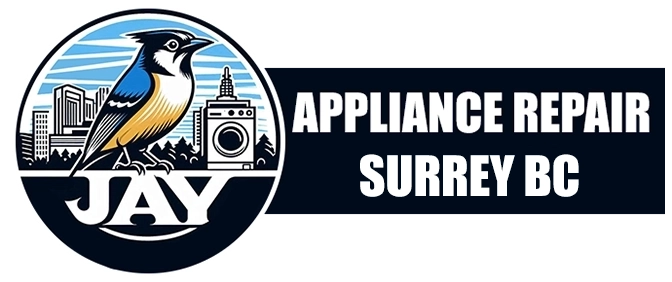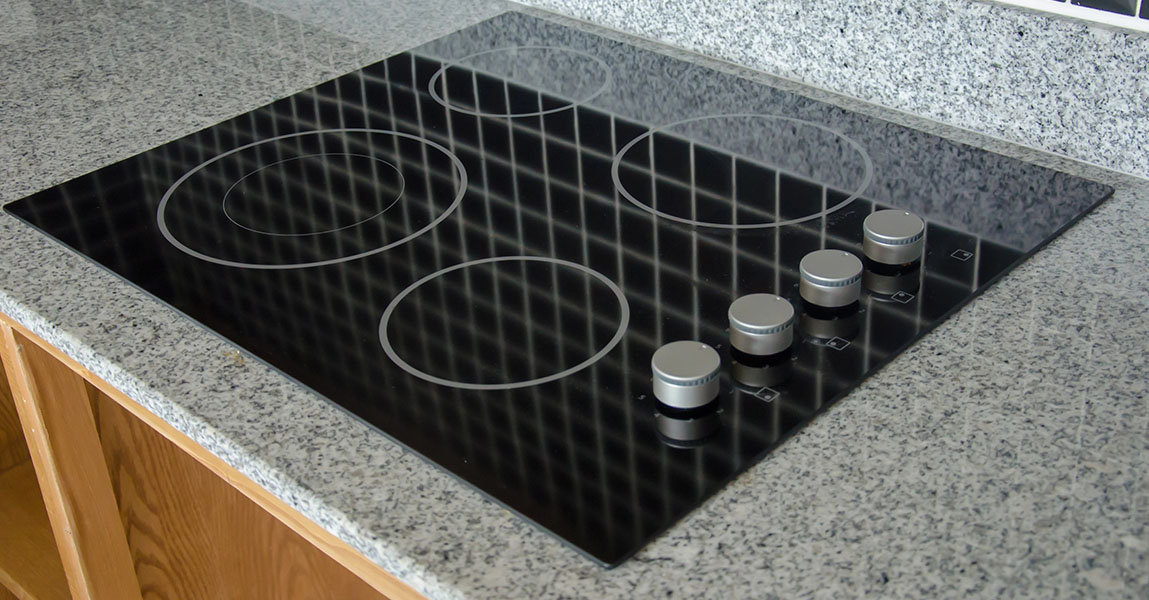Why Cooktop Knobs Stop Turning
Sometimes we notice that the knobs on our cooktop become stiff and refuse to turn. This issue usually points to buildup under the knob or inside the shaft where it connects to the valve. Food particles, grease, or cleaning residue can harden and create resistance. In other cases, the valve itself may be worn or stuck, preventing smooth turning.
When this happens, it is important to avoid forcing the knob. Forcing it can break the plastic stem or damage the valve inside. Instead, we should remove the knob and gently clean around the shaft. If that does not help, then the internal valve may need to be checked, which often requires professional care. For example, when we schedule appliance repair services in Surrey, we know the repair will be handled with safe methods.
Why Cooktop Knobs Feel Loose
Loose knobs are another common problem. This usually means the plastic fitting inside the knob has worn down or cracked. Over time, frequent use causes the grip between the knob and the metal shaft to weaken. As a result, the knob spins without fully engaging the control.
If we ignore this, the knob might eventually slip completely, leaving us unable to adjust the heat. In some cases, the shaft itself could be worn, which is more serious. Testing both parts helps determine if only the knob needs replacing or if the valve system also requires attention. When knobs feel loose, it is often easier and safer to arrange a trusted cooktop repair in Surrey to prevent bigger problems from developing.
Safety Risks Connected to Knob Problems
Cooktop knobs are more than simple plastic pieces. They control gas or electrical connections that power the burners. When knobs are stiff or loose, the flow of gas or electricity may not be properly controlled. This can lead to burners not shutting off completely or gas leaking unnoticed.
Because of these risks, we should treat knob problems as safety issues, not just an inconvenience. For instance, if a knob turns freely without engaging, the gas valve might remain open, allowing gas to escape. Likewise, if a knob is stuck halfway, it could allow partial flow and create an unstable flame. These situations underline why handling cooktop knobs with care is vital.
How to Check Knobs at Home
Before calling in help, we can do a few safe checks. First, we remove the knob by pulling it straight out. Then we inspect the inside for cracks or wear. Cleaning the shaft with a soft cloth removes dirt that could cause stiffness. If the knob looks damaged, replacing it is often straightforward.
However, if the knob appears fine but still does not function properly, the issue likely lies in the valve. This is where most homeowners need professional support, since accessing the valve involves working with gas or electrical systems. A small inspection at home can save time by giving clear details when explaining the issue to a technician.
When Replacement Becomes Necessary
Not every knob issue can be fixed by cleaning or tightening. In cases where the valve is damaged or the shaft is stripped, replacement becomes necessary. These parts are designed for long use but will eventually wear out. Choosing to replace them early can prevent further strain on the cooktop.
We should also consider that replacement parts vary depending on the model. Some knobs may look similar but do not fit properly. Ordering the correct parts ensures the repair is both safe and effective. When we rely on a technician, they confirm the right match and install it correctly, avoiding trial and error.
Maintenance to Prevent Future Problems
Regular care can keep knobs working smoothly. Wiping around the knobs after cooking prevents grease and dirt from building up. It also helps to avoid using too much force when turning, since gentle use preserves both the knob and the valve.
We should also check knobs every few months to catch early signs of wear. A slight looseness today may turn into complete failure later. Addressing these signs early helps us save both time and stress. Simple cleaning and mindful use often extend the life of cooktop knobs.
Why Professional Help Matters
Cooktops are connected to systems that carry risk when handled incorrectly. Even though knobs seem simple, they control valves that involve gas lines or electrical circuits. Attempting complex repairs without proper skill can create hazards.
When knobs stop working, it is often a sign that the internal valve needs inspection. This is not something we should try alone. Instead, contacting a qualified service ensures both the repair and our safety. Our team always reminds people that it is better to be cautious with these parts. If anyone is unsure about the problem, arranging a quick contact with JAY Appliances is the best step forward.
Extra Insight: Small Adjustments That Help
Sometimes a knob feels stiff because the shaft is slightly misaligned. A gentle adjustment with the knob removed can occasionally reset its position. This is a small detail not many guides mention, but it can prevent unnecessary replacements.
Another tip is to check if the protective rubber washers under the knobs are intact. These small pieces protect the fitting from wear. If they are missing or damaged, knobs wear down faster. Replacing these washers is inexpensive but makes a real difference in long-term performance.
FAQ
Why do cooktop knobs become hard to turn?
They often become stiff because of grease or food buildup under the knob or due to a stuck valve. Cleaning helps in some cases, but worn valves usually need repair.
Can I replace a loose knob myself?
Yes, if the issue is only with the knob itself. You can buy a matching part and slide it onto the shaft. If the shaft is worn, then professional repair is required.
Is it dangerous to use a cooktop with loose knobs?
Yes, because knobs control gas or electricity. Loose knobs may fail to shut off burners properly, which can cause safety risks.
How do I know if the problem is the knob or the valve?
Remove the knob and check for cracks or damage inside it. If the knob looks fine but the control does not work, the valve is likely the problem.
How often should I check my cooktop knobs?
Checking every few months is enough. Look for stiffness, looseness, or cracks. Early checks help prevent sudden failures.

